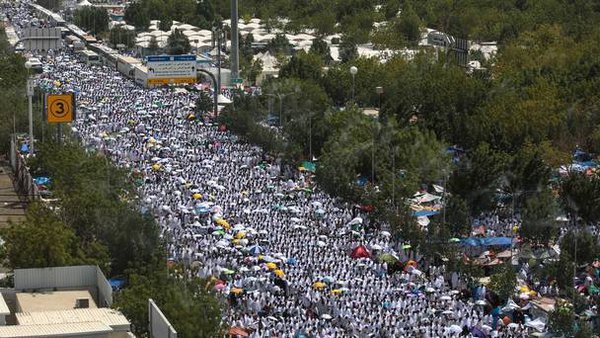Stampede at Hajj: 717 dead
At least 717 people have been pronounced dead and a further 863 injured after a stampede at the Hajj pilgrimage in Mecca, the sixth such tragedy in the last thirty years. The incident took place at Mina, when pilgrims were moving en masse to hurl stones at three columns (Jamrat) representing the Devil.

Performing the Hajj is one of the five pillars of Islam and is compulsory at least once in the life of the faithful. The stoning of the Devil is the last rite in a series of rituals which Moslems must perform. The Five Pilars are the Testimony of Faith, the Prayers, Zakat (Supporting the Needy), Fasting during Ramadan and the Pilgrimage.
This is not the first tragedy of this kind. In 1987, 402 people died during a police charge against an anti-USA demonstration by Iranian pilgrims; in 1990, 1,426 pilgrims died in a stampede in a tunnel; in 1994, 270 pilgrims died in a stampede during the stoning; in 1997, 340 pilgrims were burnt to death when winds whipped up flames that spread through a tent city in Mina; in 2006, 364 pilgrims died in a stampede at the base of Jamrat Bridge in Mina.
Although in general terms, the Hajj (Greater Pilgrimage, performed in Dhu al-Hijjah, the last month of the Moslem calendar) and Umrah (Lesser Pilgrimages, performed at any time of year) are well organized and having mechanisms to make sure pilgrims perform the rites in groups, the point is that around 200 nationalities perform the Hajj and Umra and not all understand Arabic or English. The Saudi authorities blame sections of the pilgrims who did not respect these rules - but what if they did not understand them? A commission has been set up at the request of King Salman to improve levels of management.
Two weeks ago a large crane crashed into the crowd at Mecca, killing 109 people.
Timothy Bancroft-Hinchey
Pravda.Ru
Subscribe to Pravda.Ru Telegram channel, Facebook, RSS!





